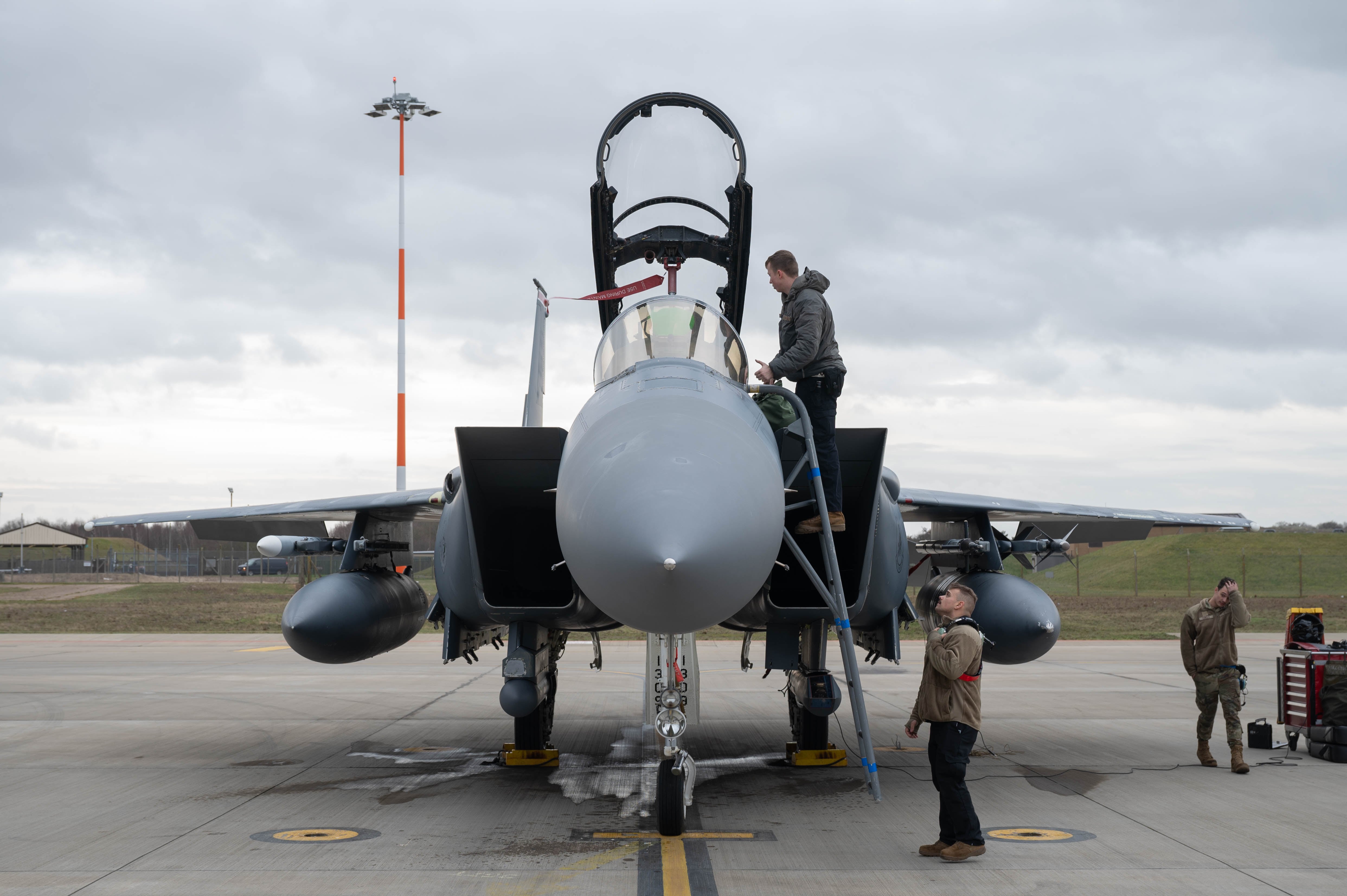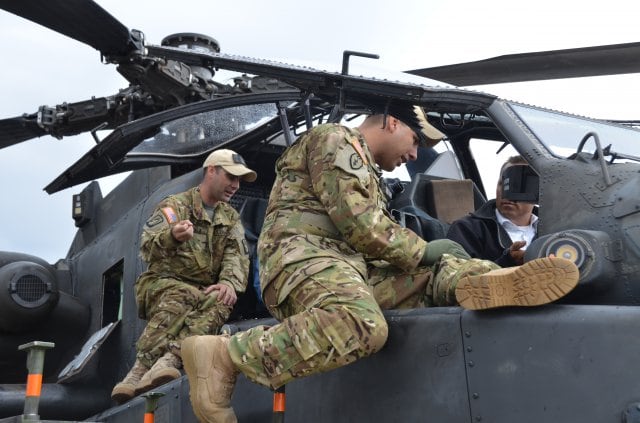The Air Force is considering bringing back warrant officers, nearly half a century after the service’s last active duty airman to serve in the role retired.
An Air University memo, dated Jan. 26 and obtained by Air Force Times on Tuesday, outlines a plan to develop a training pipeline for non-aviation junior warrant officers no later than October. An Air Force official did not verify the document, saying the plans detailed in it could be subject to change, but said more details may come to light on the subject next week.
Used across the Army, Navy and Marine Corps, warrant officers are a highly trained class of technical experts who specialize in a single field, like intelligence or maintenance, and rank between the commissioned officers who lead units and the enlisted corps that forms the majority of the military’s workforce.
Re-establishing the warrant officer corps could offer the Air Force a fresh option for fostering and retaining technical talent, particularly in fields like cybersecurity that are seen as key to prevailing in future wars.
RELATED

“To give the [Air Force] a marked advantage in great power competition, the service must examine new ways to develop and retain a highly capable, technologically capable corps of air-minded warfighters,” the document said.
The unverified memo details the launch of an initial class of 30 personnel at Maxwell Air Force Base, Alabama, which hosts Air University. Those newly minted junior warrant officers would deliver to the service “the foundational competencies and warrior ethos necessary to succeed as expert technicians in their core specialty,” the memo said.
The end goal is to create a training pipeline that could deliver as many as 200 junior warrant officers and up to 50 senior warrant officers, from the grades of WO-2 through WO-5, each year, the document said.
Candidates that enter the warrant officer selection process would need to hold the rank of staff sergeant, or E-5, or higher, the memo added. Prospective warrant officers could be drawn from across the active duty force, Air Force Reserve and Air National Guard.
RELATED

Air Force Secretary Frank Kendall next week is expected to roll out the results of a monthslong review of the service’s readiness to compete with and prevail against other world powers — China in particular — in future conflicts.
Two sources with knowledge of the service’s internal discussions said the return of warrant officers are part of that plan, as well as the start of a major effort to reorganize the Air Force to be more efficient and effective in daily operations and annual budgeting. The Air Force has declined to confirm details of the plan, which has fluctuated in recent weeks as senior leaders come to a consensus on the way forward.
“Anything related to [Kendall’s] plans for reoptimizing for great power competition will be announced next week,” the Air Force official wrote Tuesday.
One source familiar with the Air Force’s discussions told Air Force Times that warrant officers could replace enlisted cyber operators, roles for which the service has struggled to recruit and retain airmen. Cyber was not specifically mentioned in the Air University planning order.
The Air Force brought along about 1,200 warrant officers when it split from the Army in 1947 and began phasing them out when Congress created the ranks of senior master sergeant and chief master sergeant, or E-8s and E-9s, for each of the services. There were approximately 4,500 Air Force warrant officer authorizations when the service decided to end the role in 1959 because their jobs were deemed too inflexible to meet the Air Force’s personnel needs, according to the Warrant Officer Historical Association. The Air Force and Space Force are now the only military services without the role, though the idea of reviving it often resurfaces as a solution to the department’s staffing woes.
The Air Force most recently considered relaunching warrant officers in 2018 as a way to remedy its longstanding pilot shortage. But a Rand Corporation study released in August 2018 found that bringing back warrant officers and turning them into pilots would further harm retention because they could be lured away by more lucrative paychecks at commercial airlines. Any initial personnel savings would be outweighed by training costs, the report found.
Courtney Mabeus-Brown is the senior reporter at Air Force Times. She is an award-winning journalist who previously covered the military for Navy Times and The Virginian-Pilot in Norfolk, Va., where she first set foot on an aircraft carrier. Her work has also appeared in The New York Times, The Washington Post, Foreign Policy and more.





